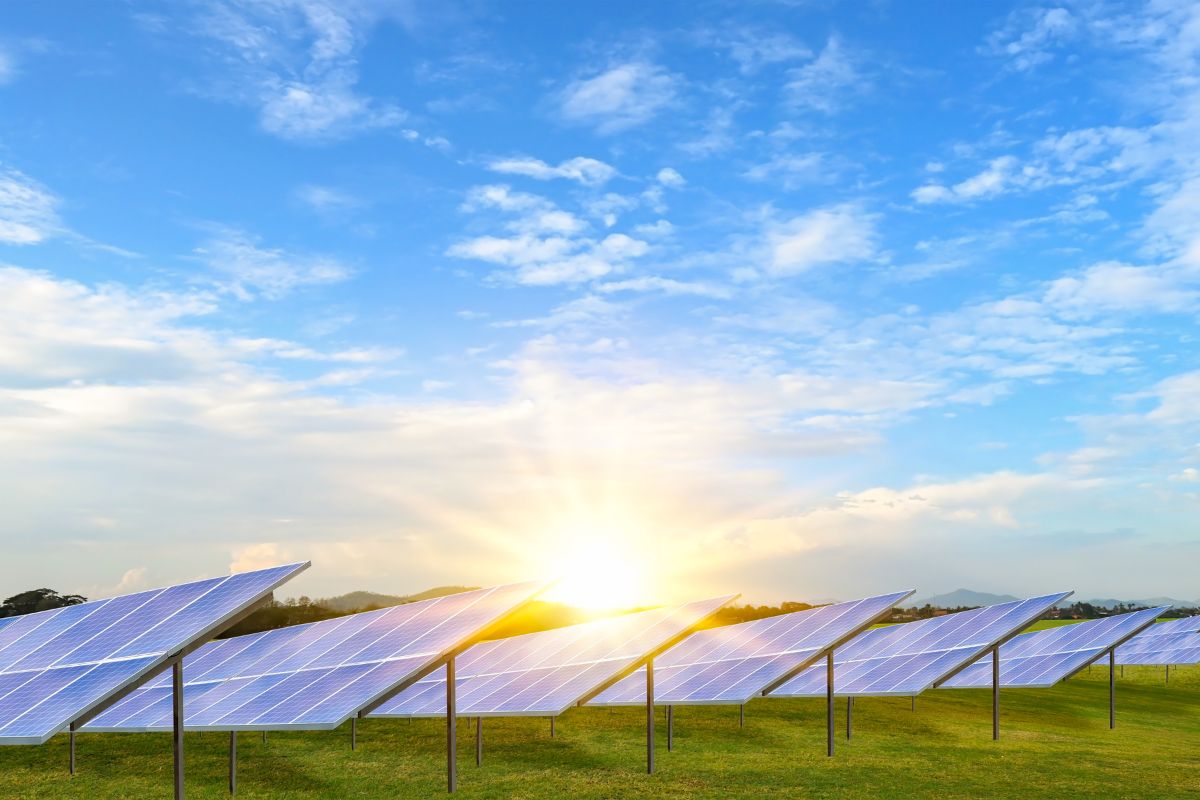The installation of solar panels requires a team of professionals in solar energy. The process is not easy, so it is essential to have the right technicians. This is the assembly of the plates that will give electricity to your home or office, allowing you to save and contribute to the environment.
If you have considered being more sustainable and installing solar panels, you must know that it must be carried out by an authorized installer and it is essential to have one or more professionals from different fields. Although always depending on the size of the installation, those who must intervene in it are: engineers, architects, electrical installers, and mechanical and administrative assemblers for legal procedures. With the participation of all of them, it would be very easy to have an installation in a private home, in an office, and, of course, in a solar farm.
Table of Contents
Know The Real Possibilities of Our Home
Before installing one or more solar panels, it is essential to take into account some aspects: the first is to know the real possibilities of the house where it is going to be installed and make an analysis of its daily energy consumption.
Step 1 – Design a Support Structure.
Designing a support structure is the main step. If there is nowhere to hold the panels, they will hardly stand up. And they must be properly fastened to avoid accidents and so that the cover does not suffer damage or cause leaks inside. “If the roof is inclined, or depending on whether it is made of tile, slate, or any other material, the plates must be attached to a support (a steel profile)”.
Step 2 – Install the Panels
Once the support is prepared, the next step is to install the panels. Right now it is one of the keys to the process. With what inclination? Looking where?
The industrial engineer explains that “if the roof is flat, the panel is always installed facing south. The inclination must be 30 degrees to make optimal use of energy throughout the year.”
Typically, solar panels are always placed on the roofs. Those that we find on the ground are usually focused on large facilities or the sale of energy.
Step 3: Connection with the inverter
The next step is the interconnection of the panels between the modules of the same row and the inverter. The function of the latter is to convert the electricity that is received in the form of direct current to alternating current, which is what we normally consume. This inverter must be sheltered from the sun’s rays. If it cannot be placed indoors, the ideal is for it to be in a covered place.
How do solar panels work? This is how energy is produced by the sun
Solar panels use a very simple technology for their operation. Its components are few and the sun makes them work at full capacity. There are cities that have already prepared their own map of roofs and their characteristics to make it easier for their inhabitants to install solar panels.
Do not make mistakes
Once it is clear how to install solar panels no mistakes must be made. The most frequent is usually to install them in lines, in such a way that some shade the others, and to anchor them poorly. So much so that the biggest inconvenience is not that it can cause leaks inside, but rather that a strong gust of wind causes them to lose their anchorage and cause major damage or even worse.
However, we must not forget that no matter how well we know the types of solar panels and their operation, not everyone is qualified to install one in their workplace or home. Carlos Montoya, head of the Tindo Solar Department briefly and very graphically explains why: “In the same way that we could not put an air conditioning unit in our home, we cannot install a panel either. It is essential to have a specialist”.
A good price for the electricity sold
When the panels were installed, Micky didn’t even know how to think about the price increase of stock exchange electricity. He thought of the panels as an investment that affects both electricity bills and the value of the house. There was a hint of green ideology and interest in new technology in the background, but more than that, Micky says that he has a down-to-earth and realistic approach to the matter. The desire to experiment shows that the family has been driving gas cars for ten years.
The panels were calculated to produce 20–25 percent of the total electricity consumption. Previously, instructions were given to size the system for your use and to use electricity especially when the panels are producing, that is, in practice, when the sun is shining. In the beginning, the family tried, for example, to wash clothes in sunny weather, but it did not become a permanent habit. In the summer, own consumption has been so small that the vast majority of panel production has gone on sale. The panels produced a good 4,000 kilowatt-hours a year, or the promised 20 percent of the total consumption, and 3,500 kWh of that was sold out.
















